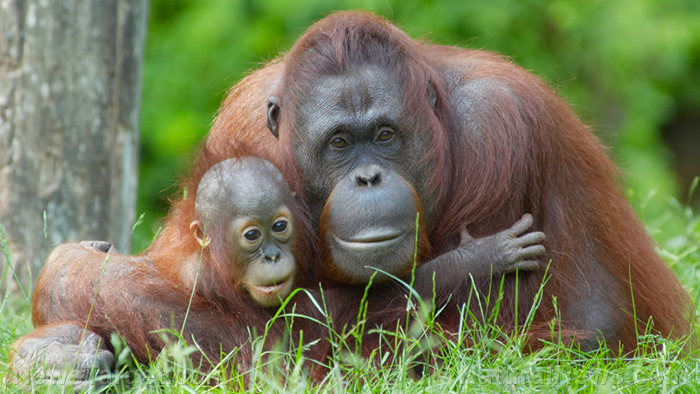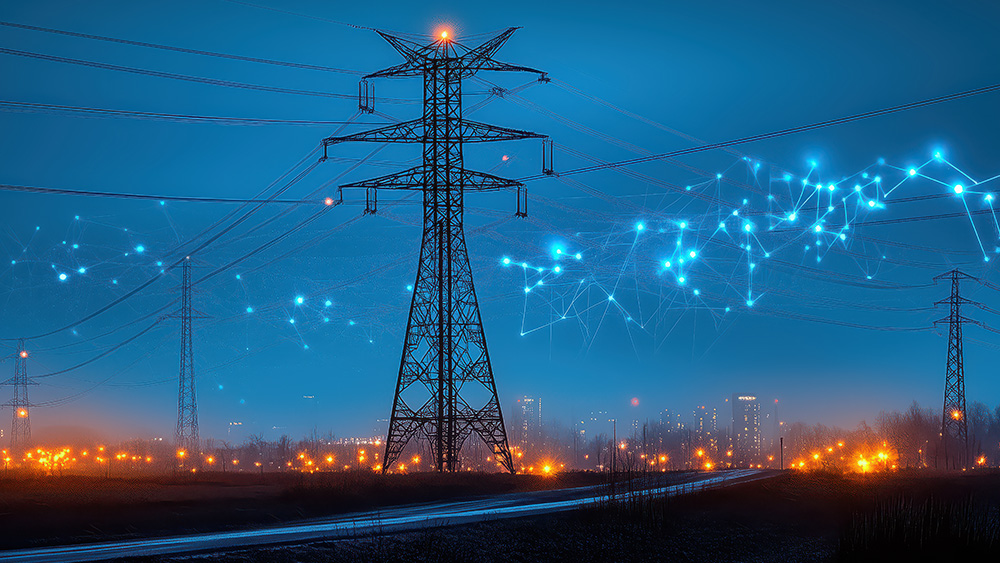
Since 2010, Europe has burned nearly 40 million tons of dirty palm, soy biodiesel
Over the past decade, Europe is estimated to have burned through more than 39 million tons of biodiesel derived just from palm and soy – there are many other sources of biodiesel as well. Rapeseed (canola) is another source of biodiesel that like palm and soy requires large chunks of land in order to produce. Much of this land is being taken from virgin South American rainforests, which are being systematically destroyed to produce "clean," "green" energy. Europe is also producing biodiesel on its own land from hydrotreated vegetable oil, also known as HVO, which requires significantly more vegetable oil than traditional methods. The continent's capacity to produce HVO is expected to double within the next five years. Buffet and her co-authors have issued a plea for Europe to immediately halt any further destruction of native rainforests, as well as completely phase out the use of palm oil as a source of biodiesel. Biofuel is anti-green in every sense as it is destroying the planet, creating massive habitat loss and, ironically, enough producing far more carbon dioxide (CO2) emissions than regular fossil fuels. "Crop biofuels are not the solution for Europe's transport and they never will be," Buffet warns. As for the declining orangutan populations, their last remaining refuges are in Indonesia and Malaysia, where at least 1.1 million hectares of land have already been converted to palm plantations for biofuel. The current population of orangutans is estimated to be around 65,000, with a population density of 0.45 to 0.76 individuals per square kilometer of land. More related news about the fraud of so-called "green" energy can be found at Deception.news. Sources for this article include: CleanTechnica.com NaturalNews.comAmerica’s Frontline Doctors sue HHS to revoke emergency use authorization for covid vaccines
By Ethan Huff // Share
Tucker Carlson slams US government for hiding the truth about the coronavirus
By Ramon Tomey // Share
Gallup: 24% of US adults refuse vaccination – and likely to stay that way
By Ramon Tomey // Share
Gas prices soar as demand climbs following easing of pandemic restrictions
By Cassie B. // Share
How Black Rifle Coffee used every trick in the book to fool conservatives
By News Editors // Share
DOJ releases new batch of Epstein files amid intensifying legal and political firestorm
By jacobthomas // Share
Netanyahu to seek Trump's approval for new Iran strikes at Mar-a-Lago meeting
By isabelle // Share
San Francisco power outage strands driverless cars, highlights grid vulnerability
By isabelle // Share
How ancient reflexology techniques offer modern pain relief
By bellecarter // Share











